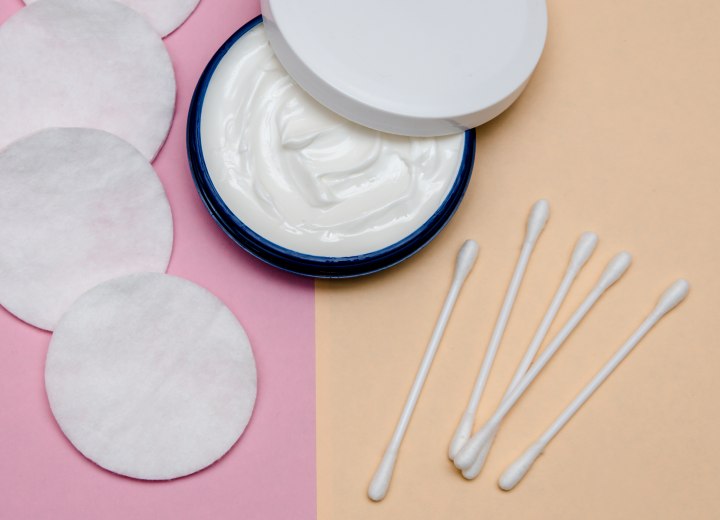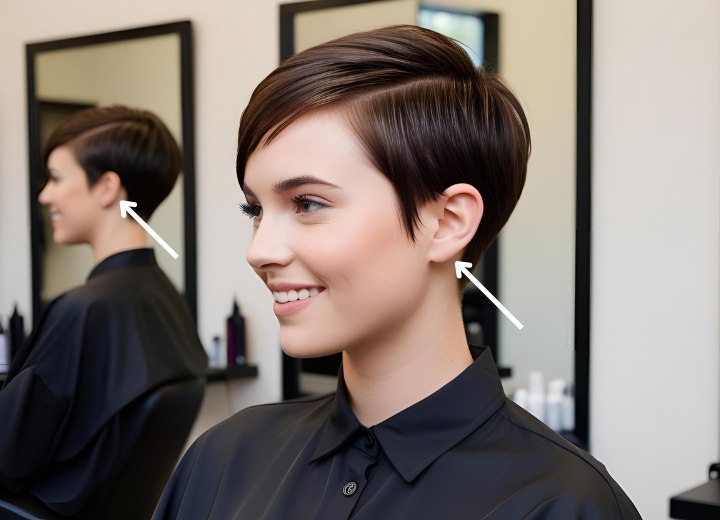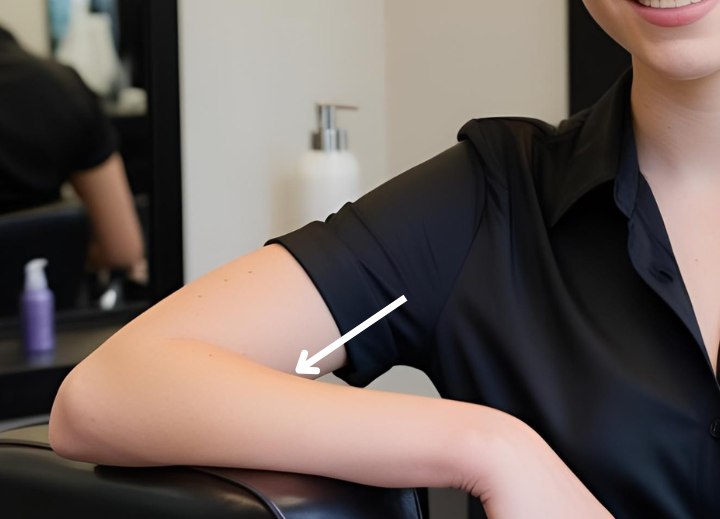Patch Test

A: A patch test is a safety procedure that determines whether a hair salon client has an allergic sensitivity or adverse reaction to the chemicals used in hair services. This simple yet important test involves applying small amounts of the intended chemical products to a discrete area of skin and monitoring for any negative reactions over a 24 to 48-hour period.
Hair stylists should make patch testing a standard practice before any chemical service, regardless of whether the client has previously used similar products or claims to have no known allergies. Skin sensitivity can develop at any time, and different product formulations may contain varying ingredients that could trigger unexpected reactions.
The Patch Testing Procedure
To perform an effective patch test, begin by gathering all the chemical components you plan to use. Select an appropriate testing location on the client's skin. The most common and effective spots are behind the ear near the hairline at the nape of the neck, or on the inner forearm about two inches or 5 cm below the elbow crease. These areas are relatively hidden from view while remaining easily accessible for monitoring. Clean the chosen area gently with a mild soap and water, then dry thoroughly to ensure accurate test results.
Using clean cotton swabs or small disposable applicators, apply a small dab of each chemical component to the prepared skin area. Each application should be spaced at least an inch or 2.5 cm apart from other test spots. Make a simple sketch or take a photo to document which product was applied where, as this information becomes crucial if a reaction develops. Allow each application to air dry completely without rubbing or wiping the area.


The critical observation period spans 24 to 48 hours after application, though reactions can sometimes appear within just a few hours for highly sensitive people. Schedule a follow-up appointment or a phone call to evaluate the results before proceeding with the intended service. Some hair salons prefer to conduct patch tests 48 hours before a scheduled appointment to allow maximum reaction time.
During the monitoring period, both the stylist and client should watch for several types of reactions. Reactions indicating sensitivity include redness or inflammation around the test site, raised bumps or welts, excessive itching or burning sensations, blistering or open sores, and any swelling extending beyond the immediate application area. Even seemingly minor reactions like slight pinkness or mild itching should be taken seriously, as these symptoms often intensify significantly when exposure increases during the full chemical service.
If any signs of reaction appear, the planned chemical service must be cancelled. When patch test results show no adverse reactions after the full 48-hour period, it's generally safe to proceed with the chemical service. However, stylists should still monitor the client closely during the actual service and be prepared to stop immediately if any unexpected reactions develop.
Patch testing provides strong indication of safety but doesn't guarantee that reactions won't occur, particularly if application techniques or timing differ significantly from the test conditions.
©Hairfinder.com
See also:
How to perform a strand test
Hair porosity test